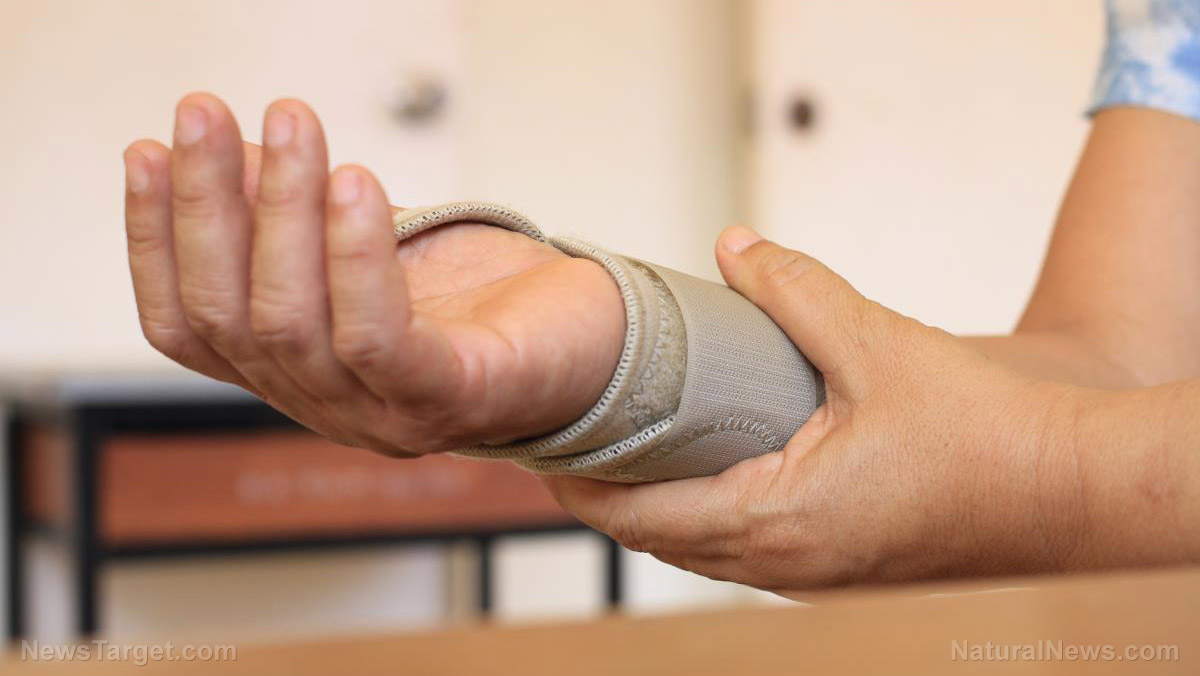
As reported by Futurism, the bandages are made from cotton that is swathed in a substance that is electrically conductive. The bandages are then further enveloped in a gel that can store medications such as antibiotics and painkillers.
The individual fibers of each bandage are then controlled by a mechanism that is about the size of a postage stamp that is attached to the bandage and which receives signals from your mobile device. Researchers say that the smart bandage is capable of healing wounds three times faster than a normal wrap.
“This is the first bandage that is capable of dose-dependent drug release. You can release multiple drugs with different release profiles. That’s a big advantage in comparison with other systems. What we did here was come up with a strategy for building a bandage from the bottom up,” said Ali Tamayol, an assistant professor of Mechanical and Materials Engineering at the University of Nebraska, said in a press release.
The professor also noted that the new technology “can be applied to many different areas of biomedical engineering and medicine.” That’s great news for patients who have to deal with long-term or chronic wounds, which affects close to 25 million Americans.
The new bandaging technology can be used to treat soldiers with wounds from the battlefield. In addition, researchers believe it can be used effectively to treat diabetic patients who regularly suffer chronic open wounds and require careful wound care and management.
“The medical cost associated with these types of wounds is tremendous. So there is a big need to find solutions for that,” said Tamayol.
The new high-tech bandage isn’t the only next-generation wrap under development, said Futurism. Researchers from Swansea University’s Institute of Life Science have created a bandage that contains nanoscale sensors which are capable of transmitting real-time health information to doctors and providers using the “Internet of Things” – 5G wireless data. According to a separate report from Futurism:
The constant flow of information to health care providers would allow patients to understand their own condition better. Since many people heal at different speeds, the 5G will provide, as the school’s professor Marc Clement told Engadget, “a resilient, robust bandwidth” that can notify patients immediately if they are due for health care changes from their physicians.
Also, the research team at Northwestern University in Chicago is working the development of a heat-responsive bandage that can help wounds heal four times faster. These bandages use a combination of polyethylene glycol and the protein SDF-1, the latter of which is a key ingredient used to coax nearby stem cells into repairing blood vessels and surrounding tissue that is affected by the wound. SDF-1 is the same protein the body uses to attract repair cells to areas of damaged tissue. (Related: Light-emitting bandage heralded as skin cancer treatment breakthrough.)
“Technology is providing us with remarkable ways to enhance our natural biological processes, and this emerging field will create new avenues of treatment for medical professionals to consider,” Futurism reports. “Some are even experimenting with the use of tech to revive brain-dead individuals.”
That research effort is called the ReAnima Project, which aims to gauge the potential of regenerating brains of people who have died. The project recently received approval from an Institutional Review Board at the National Institutes of Health in the U.S., and also a regulatory body in India.
“Bioquark Inc., the brains behind ReAnima (sorry, bad pun), was given the go-ahead to work with 20 patients already declared clinically dead from traumatic brain injury to test whether parts of their central nervous system can be brought back to life,” Futurism reports.
These technologies are currently in their early stages and are likely to take years before they will be ready for use in the field. But many of them are promising.
J.D. Heyes is a senior writer for NaturalNews.com and NewsTarget.com, as well as editor of The National Sentinel.
Sources include:
Please contact us for more information.























